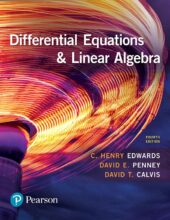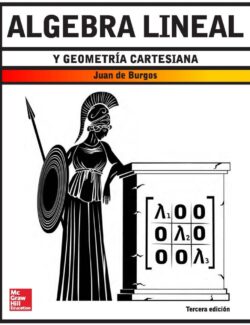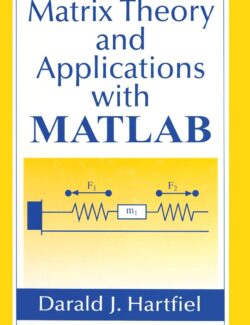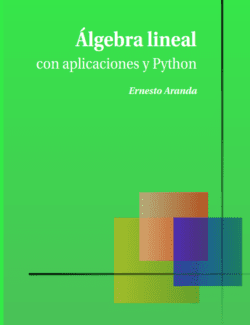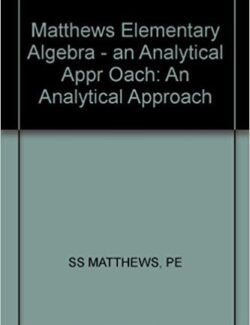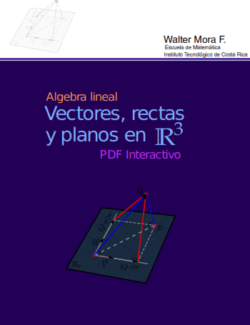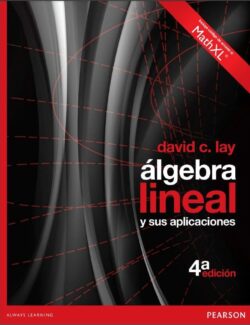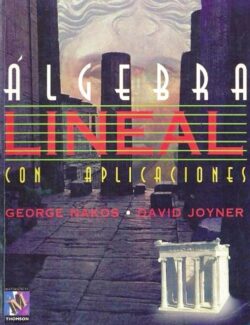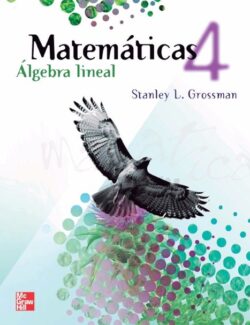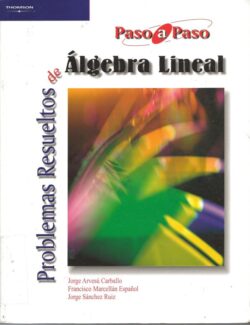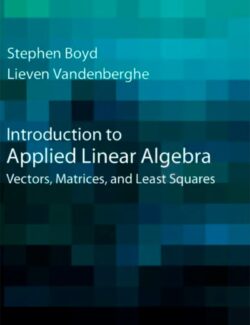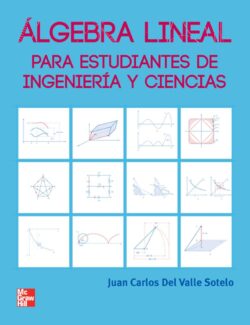Soluciones por Capítulo
- Section Differential Equations and Mathematical Models
- Section Integrals as General and Particular Solutions
- Section Slope Fields and Solution Curves
- Section Separable Equations and Applications
- Section Linear First-Order Equations
- Section Substitution Methods and Exact Equations
Aún no hay ejercicios resueltos aquí.
- Section Population Models
- Section Equilibrium Solutions and Stability
- Section Acceleration - Velocity Models
- Section Numerical Approximation: Euler's Method
- Section A Closer Look at the Euler Method
- Section The Runge - Kutta Method
- Section Introduction to Linear Systems
- Section Matrices and Gaussian Elimination
- Section Reduced Row-Echelon Matrices
- Section Matrix Operations
- Section Inverses of Matrices
- Section Determinants
- Section Linear Equations and Curve Fitting
- Section The Vector Space R3
- Section The Vector Space Rn and Subspaces
- Section Linear Combinations and Independence of Vectors
- Section Bases and Dimension for Vector Spaces
- Section Row and Column Spaces
- Section Orthogonal Vectors in Rn
- Section General Vector Spaces
- Section Introduction: Second-Order Linear Equations
- Section General Solutions of Linear Equations
- Section Homogeneous Equations with Constant Coefficients
- Section Mechanical Vibrations
- Section Nonhomogeneous Equations and Undetermined Coefficients
- Section Forced Oscillations and Resonance
- Section Introduction to Eigenvalues
- Section Diagonalization of Matrices
- Section Applications Involving Powers of Matrices
- Section First-Order Systems and Applications
- Section Matrices and Linear Systems
- Section The Eigenvalue Method for Linear Systems
- Section A Gallery of Solution Curves of Linear Systems
- Section Second-Order Systems and Mechanical Applications
- Section Multiple Eigenvalue Solutions
- Section Numerical Methods for Systems
- Section Matrix Exponentials and Linear Systems
- Section Nonhomogeneous Linear Systems
- Section Spectral Decomposition Methods
- Section Stability and the Phase Plane
- Section Linear and Almost Linear Systems
- Section Ecological Models: Predators and Competitors
- Section Nonlinear Mechanical Systems
- Section Laplace Transforms and Inverse Transforms
- Section Transformation of Initial Value Problems
- Section Translation and Partial Fractions
- Section Derivatives, Integrals, and Products of Transforms
- Section Periodic and Piecewise Continuous Input Functions
- Section Introduction and Review of Power Series
- Section Power Series Solutions
- Section Frobenius Series Solutions
- Section Bessel Functions
Acerca de
El estudio combinado de las ecuaciones diferenciales y el álgebra lineal constituye un eje central en la formación matemática de estudiantes de ciencias aplicadas, ingeniería, física, economía matemática y otras disciplinas técnicas. Estas dos áreas, lejos de ser independientes, están profundamente entrelazadas, ya que muchos de los sistemas dinámicos que se modelan mediante ecuaciones diferenciales tienen soluciones que requieren conceptos y herramientas del álgebra lineal, como vectores, matrices, autovalores y espacios vectoriales. Dominar esta integración de métodos no solo permite resolver problemas complejos con eficiencia, sino también comprender a fondo la estructura y el comportamiento de sistemas que evolucionan en el tiempo o responden a fuerzas internas y externas. Contar con un solucionario completo y exhaustivo para esta materia es crucial. No se trata únicamente de verificar respuestas, sino de tener acceso a una guía cuidadosamente razonada que muestre los caminos lógicos y analíticos para resolver distintos tipos de problemas. El solucionario actúa como mentor virtual que modela el razonamiento matemático esperado, orienta en la elección de métodos, aclara dudas conceptuales y contribuye a desarrollar destrezas analíticas, algebraicas y gráficas con un enfoque progresivo. El contenido cubierto se estructura en torno a dos grandes bloques conceptuales: las ecuaciones diferenciales ordinarias y los fundamentos de álgebra lineal, integrándolos de manera natural en los capítulos dedicados a sistemas de ecuaciones diferenciales lineales. La exposición comienza con las ecuaciones de primer orden, abordando métodos clásicos de resolución como la separación de variables, ecuaciones exactas, el uso de factores integrantes, y modelos aplicados en física, biología y economía. Las soluciones explican con claridad cómo identificar el tipo de ecuación, aplicar el método apropiado, y verificar la validez de las soluciones, tanto de forma analítica como gráfica.
